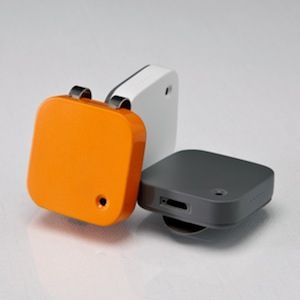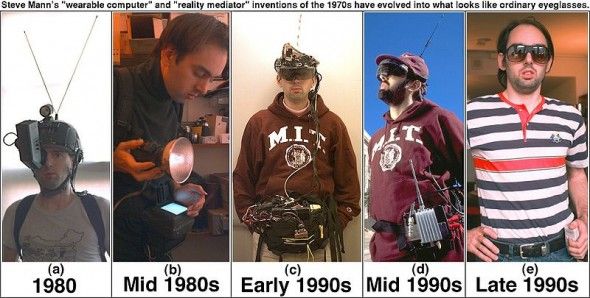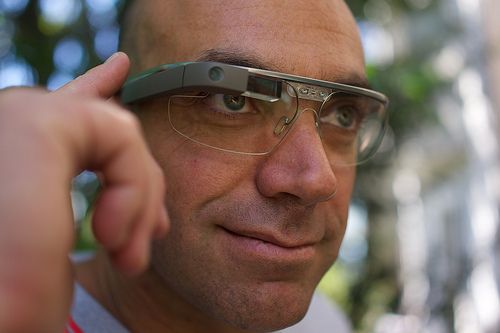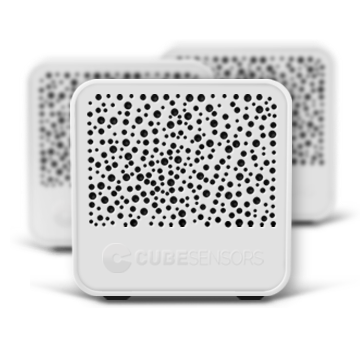Between Facebook, Twitter, Google+, Instagram and more, we already document and share quite a lot about our daily lives, without really thinking about it. They are lifelogs of sorts, but without any sort of structure or consistency to them. While some might not agree, the very act of documenting all of this information makes for a fascinating record of your own life.
So, what is lifelogging? Rather than use social networks to document your life, there are dedicated lifelogging services, most of which keep that content (your lifestream) private, so that you can have a complete record of your day to day activities. There's a huge array of services, gadgets and apps dedicated to exactly this purpose, some of them general, and some that serve a specific function - such as logging your workouts, your sleep patterns, your mood, or simply highlights of your day.
What is Lifelogging
Let's take a step back and take a look at what lifelogging really is. The concept originated with the idea of wearing a gadget or computer that records or captures large chunks (if not each moment) of a person's daily life. The first person to do this actually did it as far back as 1994. Steve Mann is considered the "father of wearable computers", and the Canadian researcher, continuously transmitted his life using a wearable computer for 24 hours a day.
While the definition of lifelogging began with the idea of some sort of wearable gadget that automatically records your data for you, it has since evolved to include manual options which allow you to record the data to an app or service on a daily basis. The most common form of lifelogging you see today is that used in sports. Gadgets like the Jawbone UP and Fitbit, which track your physical activity, fitness, and sleep activity.
The Different Types of Lifelogs
We've mentioned just two types of lifelogs when introducing the idea, but there are countless ways in which people choose to lifelog.
Wearable gadgets: A wearable gadget is the easiest way to lifelog since it automatically captures the data for you. If you regularly workout and want to keep track of your progress, this is the ideal way to do it so you don't forget to record any of your data. Other types of wearable gadgets include cameras, like the Memoto which shoots photos, and Looxcie, which shoots video. Of course, Google Glass would also fit in this category.
Mobile apps: If you don't want to fork over a large amount of money, or any money at all, another convenient way to record data from your daily life is to use a mobile app. There are apps for taking photos (like Everyday), shooting videos (like 1 Second a Day), logging your sleeping pattern (like Sleepbot), tracking your heart rate (like Instant Heart Rate), and recording and tracking your workout (like RunKeeper), among others. The disadvantage to using a mobile app rather than a gadget is that you sometimes have to remember to manually enter the data, but a lot of apps will come with a reminder notification built in. Even if they don't, you can simply use your phone's native reminder app and set up a recurring reminder to record your data on a daily basis.
Web apps: Like mobile apps, there are web apps that you can use to record your data, but this is likely the most inconvenient option of the four. Lifelogging, by its very nature, is best done while you're on the go so you don't forget to enter the data, or don't forget what the actual data was. That said, there are some pretty solid services worth considering, some of which are automated, like Rescue Time which will let you know how you're spending time on your computer.
Standalone gadget:While not as common, there are a few standalone gadgets that are used to create a lifelog, but more often than not it is of your surroundings rather than your immediate interactions. For example, CubeSensors can monitor your surroundings, and "continuously measure temperature, humidity, noise, light, air quality and barometric pressure for every room, they can even pick up unwanted vibrations that shake up your building."
For a full list of lifestreaming mobile and web apps, gadgets and more, check out Mark Krynsky's exhaustive list on his lifestreaming blog.
Why Should You Do It?
Now the big question, why should you bother with a lifelog? Today, it provides a great way to monitor your health, to make sure you're benefitting from your workouts, and can offer you the means to improve the quality of your life. If you're active and spend a lot of time at the gym, lifelogging your activity seems like a necessity to make sure you're getting the most out of your workouts.
Away from physical activity logging, when it comes to shooting video and photos, whether continuously or at intervals, you end up with a fascinating record of your life. You can capture moments and photos you might otherwise miss, and it becomes the ideal way to pass your legacy on to your family and children. They can share the parts of your lives they weren't there for. Even if you choose not to share these details with anyone else, it becomes an important record for yourself...like simply taking journaling to the next level.
What do you think? Would you start a lifelog? Let us know your thoughts in the comments.
Image Credit: Wikimedia, Loic LeMeur




